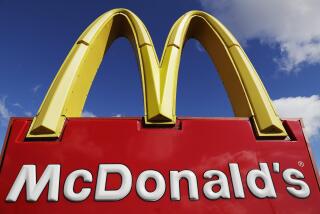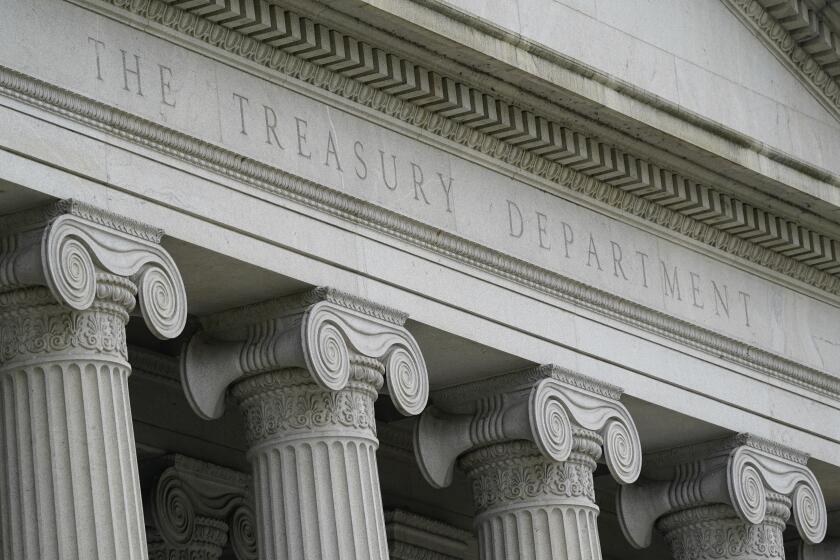What price perishables? Why beef, bacon, even shrimp, are costing more
It’s not just your imagination: You are spending more money at the grocery store these days as the price of limes, shrimp, hamburgers and bacon skyrockets.
Prices are rising, and not just with those foods that have been affected by Mexican drug cartels or been hamstrung by epidemics of pig diarrhea.
Even when adjusted for inflation, the price of flour has gone up 50% in the last decade, bacon is up 41% and beef is up 30%. Just about the only things that have stayed the same, when adjusted for inflation: malt beverages, which went down in price, and chips, which grew about 3% in price.
“We had a period of stable, predictable retail food prices from 1990-2006, when food prices did pretty much the same thing every year,” said Richard Volpe, a research economist with the Food Markets Branch of the Food Economics Division of the U.S. Department of Agriculture. “But since 2006, retail food prices have risen faster than overall economy-wise prices.”
So what’s going on?
First of all, it’s perishables that are jumping in price - meats, dairy, fruit. Foods such as soda, candy and crackers are staying relatively flat.
That’s because around the world, as developing countries get richer, their residents are clamoring for more meat, fruit and dairy. Basic laws of economics tell us that when demand goes up, prices do too, unless supply goes up as well. And supply of these items has, in fact, been going down, Volpe said.
First there was the drought in Texas and the West that forced the price of feed up. Farmers, frustrated with high feed prices, sold their cows. And now the U.S. has low cattle inventory.
Then consumers turned to pork when beef prices got too high, but supply was limited by a porcine diarrhea epidemic that killed off pigs around the world.
Consumers then turned to turkey, chicken and other meats, causing those prices to rise too.
But it’s not just meat that has been volatile: freezes in California drove up prices of oranges and nectarines. A deadly citrus greening epidemic has killed off millions of pounds of fruit over the last few years. Even egg prices are up 10% over the year as more people turn to eggs from meat.
These fast-growing prices are relatively new in the history of American food consumption. The price of beef was actually lower in 2010 than it was in 1984, when adjusted for inflation, for instance. But since 2010, the inflation-adjusted price has jumped 45%.
Weather events are partially to blame. Think polar vortex, drought, severe rainfall, more drought.
“A series of weather events have certainly been responsible for the price of perishables over the last five, six years,” Volpe said. “From my perspective, it does seem the frequency has picked up over the last five years or so. There’s always something going on - whether a drought, freeze or flood.”
Before you start to panic, though, one positive note: Consumers in the U.S. still spend much less of their incomes on food than consumers in other countries. We spend about 11% of our income on food. Afghans spend about 50% of theirs on food, Volpe said.
More to Read
Start your day right
Sign up for Essential California for news, features and recommendations from the L.A. Times and beyond in your inbox six days a week.
You may occasionally receive promotional content from the Los Angeles Times.







